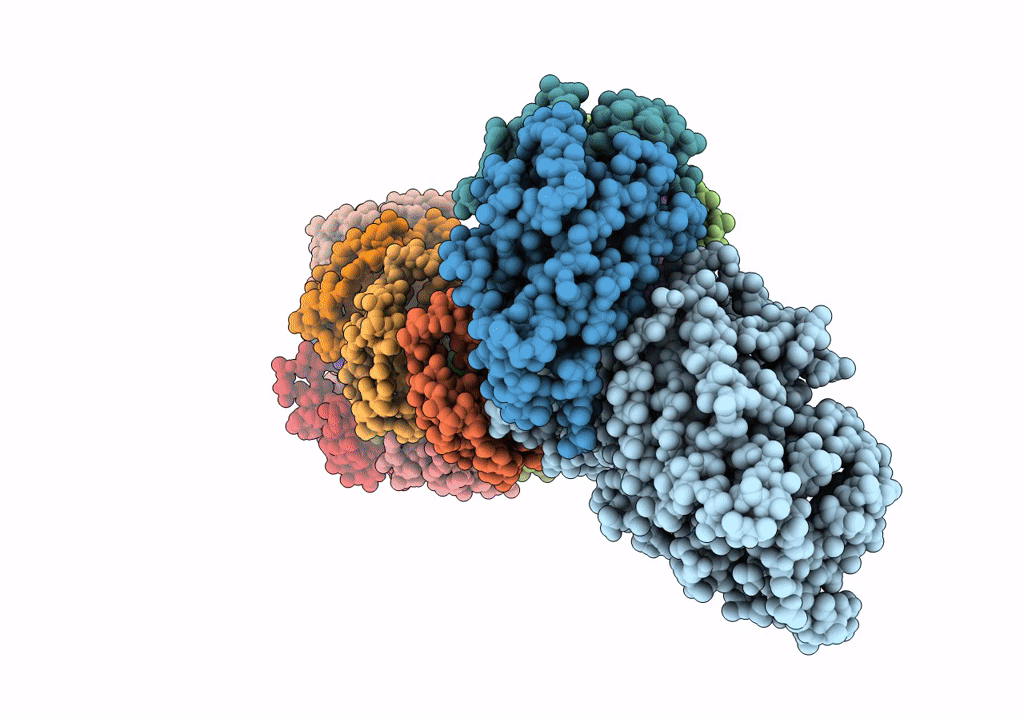
Deposition Date
2019-02-21
Release Date
2019-07-10
Last Version Date
2024-03-13
Entry Detail
PDB ID:
6O1O
Keywords:
Title:
Cryo-EM structure of the T. thermophilus Csm complex bound to target ssRNA
Biological Source:
Source Organism:
Thermus thermophilus (Taxon ID: 274)
Host Organism:
Method Details:
Experimental Method:
Resolution:
3.80 Å
Aggregation State:
PARTICLE
Reconstruction Method:
SINGLE PARTICLE


